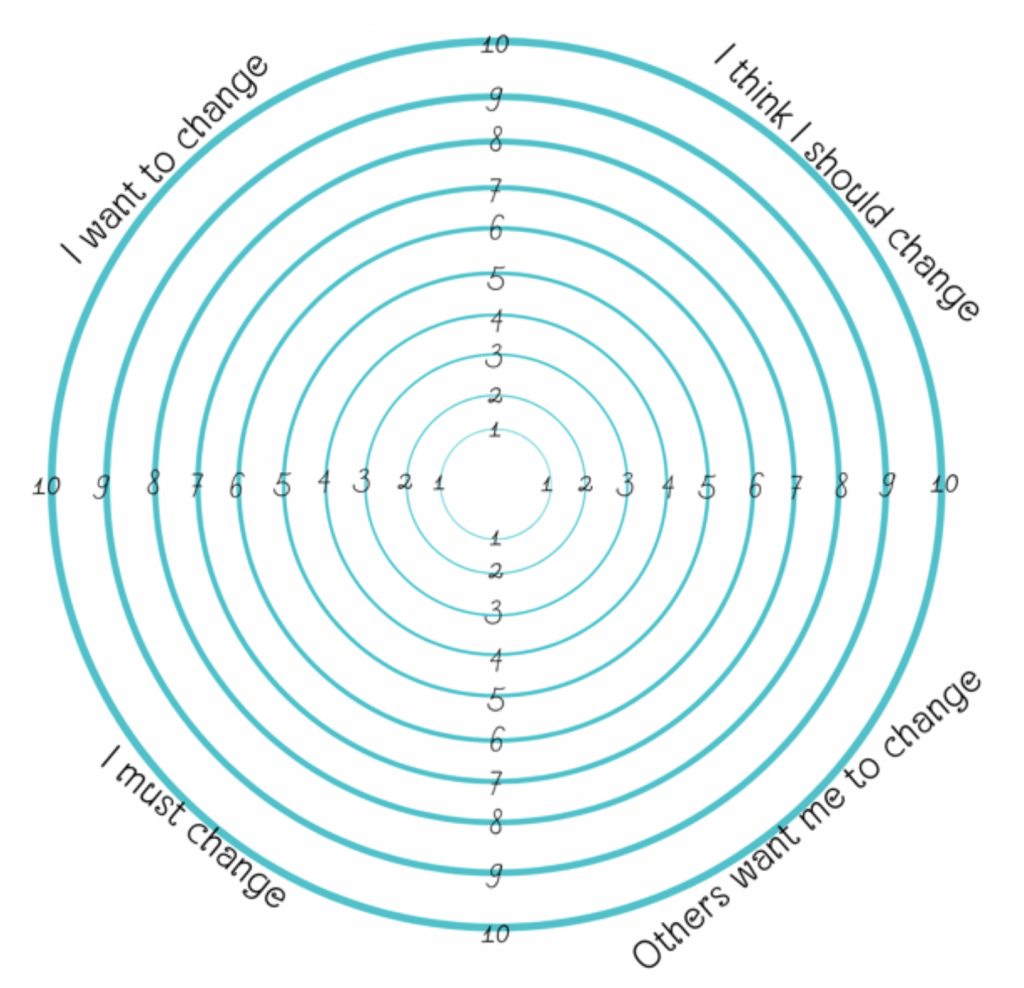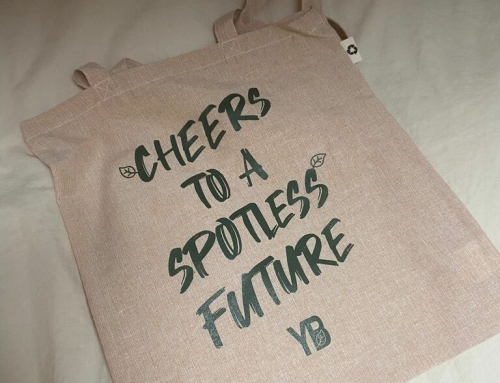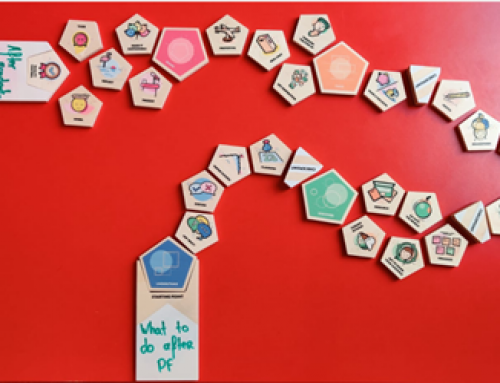Liminal Thinking, a theory that explains people see their personal truths as reality. I believe if we want to grow, and focus on self-development, we need others and their truths as well. Not because we cannot do it on our own, but because we need their truths to keep on reflecting on situations and to keep look critical to situations (Gray, 2015). Since our society is changing so quickly we cannot go through life with just our own perspective, we have to listen to other people to expand our own perspective, to make it richer and more filled, so that we even still can focus on what we personally think might be best, but that you can show you also considered other aspects.
That is why I met with Lianne, Lianne works as a BGN weight consultant and nutritionist with a physiotherapy background. Since 2018, she has a practice, which is called ‘Voedings & Fit’. She wants to make people healthier through nutrition and lifestyle.
Our society
During our conversation, I started to see the importance of what I am doing. Sometimes I see from my truth that healthy living is self-evident. People think it obvious because when you want to live healthier, you just need to eat less, eat more vegetables, or you need to stop eating snacks. That is so not completely true because living a healthy lifestyle includes more than just changing your nutrition patterns. People often say, “if you want to lose weight, just eat less and eat healthier, or remove snacks during the day”. Or when someone wants to stop worrying, people say: “just focus on other things and start thinking on positive moments”. But that is not how it always works. These are all suggestions they may fit for someone but do not fit for someone else, which makes changing your lifestyle to a healthier lifestyle so complex. There is not one fitting solution for everybody. Besides, it’s complexity, we can state it is a societal challenge because people keep ignoring their health conditions, we focus on others rather than ourselves, we feel a lot of pressure, all these points have affected our health conditions negatively. I believe there is a lot of ignorance of humanity. Either they do not want to know, or it is a taboo, or there is not enough information about it. However, what I think is that the performance society makes it even worse. Living in this performance society, people find being vulnerable difficult. We prefer to hide, pass by our feelings and body signals, rather than being vulnerable about our real, pure, and true struggles.
Nutrition, and more!
What I think is relevant and lovely to see is that Lianne, who began as a nutrition and diet coach, sees the importance of other aspects of our health as well. She has a model which is called ‘be strong’. All letters represent a category, which are: stress, nutrition, drinking, exercise, sitting still, daily structures, rest, and the level of feeling happy with yourself, your life, and your body. When someone visits her, and asks her, for example, for a way to lose ten pounds of weight, she will not give you a weekly menu with nutrition and exercises. She focusses on the underlying need for why someone wants to lose ten pounds of weight. In this way, she, together with her client, finds out what would fit for them, instead of giving a set and stoned losing weight program.
Intrinsic motivation
In this blog, I want to highlight the importance of intrinsic motivation. I have never addressed it, but one month ago, Jeroen Krak, who works as a personal trainer, mentioned it when we were talking about my project. Two weeks ago, my dad mentioned it while we were reading through my blogs, and today Lianne mentioned it as well. Three times becomes a structure, right? Consider yourself, would you change something when someone tells you to change it? I don’t think so. A change only will be sustainable if someone really, really, really wants to change, which leads us to intrinsic motivation. With intrinsic motivation, we show certain behavior of which the performing of the behavior itself gives us a pleasant feeling. Take, for example, someone who likes to run, he likes the feeling of triggering his muscles, being in nature, and feeling free. Or someone who likes reading books, because of the information inside the book that adds to his self-accomplishment.
This intrinsic motivation is very important, just as the direct satisfaction we experience performing our bad habits. Intrinsic behavior also creates a need to experience the feeling during these experiences. So, if you have intrinsic motivation to change, the change will go, and it will be more durable. I believe that in our current society, we are too focused on extrinsic motivation. This could be, for example, money, or your partner who thinks you should lose some weight. The danger of modifying behavior with an external trigger is that as soon as this trigger disappears, the new behavior usually also disappears because the external trigger was the reason for showing the behavior (Geurtsen, 2020).
Urgency to change
Emma Boerekamps, one of my fellow students, wrote a blog post called ‘First things first’. In this blog, she mentioned that people change at a certain moment they feel the urgency to change, but that often this is already too late. In her sixth blog post, she writes, and I quote: “It makes me wonder how to show the importance and urgency of the circular economy to organizations and how to show that they can make a change” (Boerekamps, 2020). Emma’s blog post inspired me that people often do not see the urgency of something that needs change. They only change when the urgency becomes so high because the person has roughly no choice anymore. For example, because it creates life-threatening situations, it is necessary for environmental purposes, or new work-related aspects were introduced.
Change motivation model
Considering all these four topics, first, our society, in which mental health issues are still growing and where everybody needs a different approach to cope with this. Second, our changing mindset of living healthier does not only consists of eating healthy foods but that more elements are affecting people’s health. Third, the importance of intrinsic motivation to create sustainable change. Fourth and last, the impact of urgency where people do not have a choice whether they want to change because the change must be transmitted.
That made me wonder because if this is such an important topic in our society now, more and more experts will start to try to support people by expanding their offerings. However, I can decide I want to help someone changing, but if that person is not open to it, we will not come far. Therefore, I designed the following model:
The model consists of four categories based on what I have heard as a professional. My strength lies in the first category ‘I want to change’. When someone or something has to change, I can help people lighten their inner flames by taking a positive approach in which I give people new insights into their situation. As a result, they are going to find answers themselves, resulting in that they are the ones who are going to create and form solutions, which fit their personal preferences. Instead of me serving them the ‘solution’ on a platter.

My professional identity
You may wonder how this is connected to me as a professional and to the social challenge I mentioned in the beginning.
I realized that my power lies in evoking and triggering small changes that affect the collective.
So, for example, creating supportive tools that help people who cope with mental health problems, to prevent them from getting a burn-out, feeling over-stressed, or being emotionally exhausted. Although I have a diploma in powerful coaching, I do not see myself becoming a one-on-one coach in the future. Here we speak of a micro change, where you help a person to change something, they would like to see different in their daily patterns of life. Besides, I do not see myself tackling major world problems at a macro and societal level. What suits me is tackling change at a meso level, where I can, for example, help people to increase their health in their work environments and situation, by making and keeping their workplace healthy, mutual relationships, and a healthy balance between challenges, pressure, creativity, and tranquillity.
References
Boerekamps, E. (2020). First things first. Opgeroepen op June 4, 2020, van https://www.performatory.nl/first-things-first/
Geurtsen, S. (2020). Langdurige gedragsverandering? Stimu;eer intrinsieke motivatie. Opgeroepen op June 2, 2020, van D&B gedrag: https://www.dbgedrag.nl/langdurige-gedragsverandering-intrinsieke-motivatie/
Gray, D. (2015, January 23). Liminal thinking The pyramid of belief. Opgeroepen op June 4, 2020, van YouTube: https://www.youtube.com/watch?v=2G_h4mnAMJg





